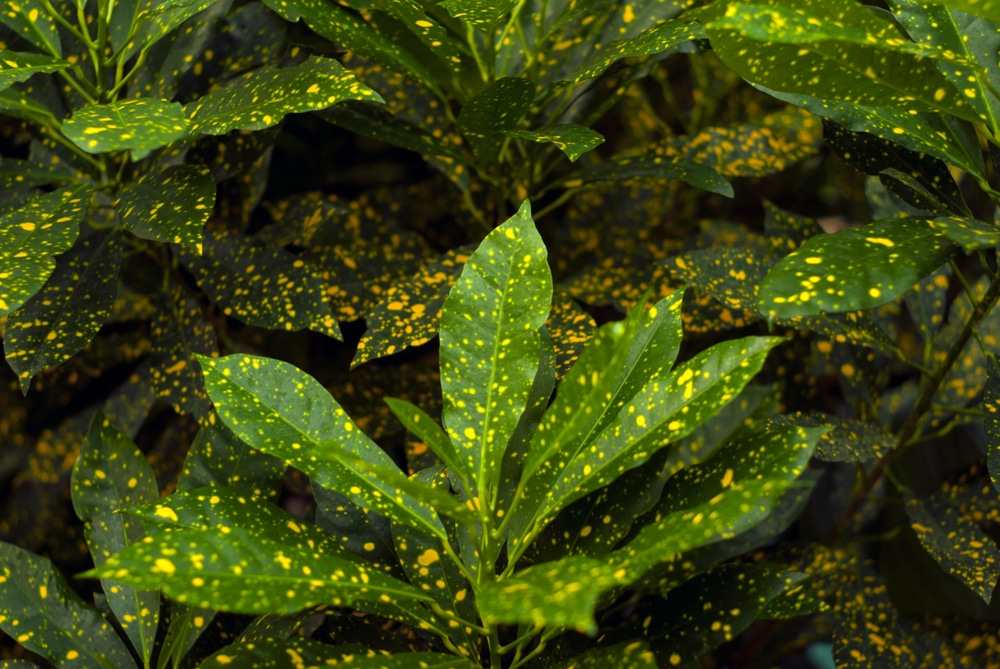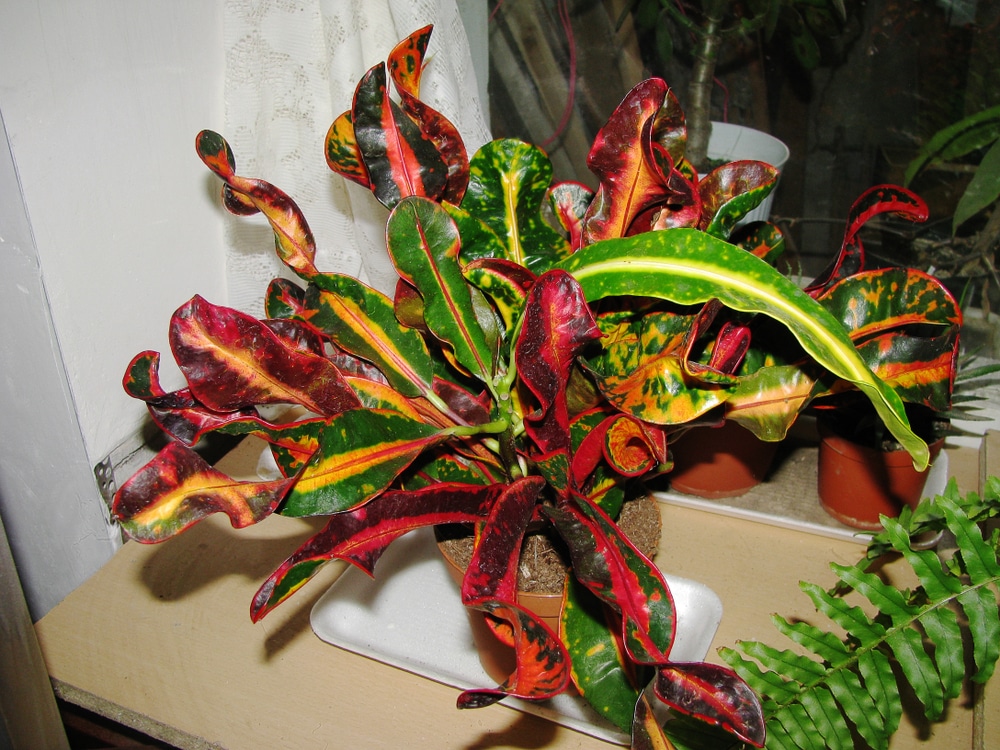Crotons are common in yards and as houseplants in containers. They are well-known for their brilliant, multicolored leaves, which exist in many patterns and colors. But perhaps you are asking yourself, are croton plants perennials?
Crotons are native to tropical regions, and careful maintenance is essential for optimal results. The plant’s beautiful hue will attract attention and make a powerful statement in your home or garden. Keep reading to find out whether these plants are perennials or annuals.
Are Croton Plants Perennials or Annuals?
Crotons are perennials, which implies that with the necessary maintenance, your plant will have a prolonged lifespan. Perennial plants, as opposed to annuals, live for more than one growing season before you need to replant.
The plant can grow to be as high as ten feet. However, there are dwarf and bigger types. Most crotons thrive in full sun, although some varieties may withstand, and even prefer, shaded access to sunlight.
You can use the plant to complement green shrubs and give a dash of brightness to any garden or container. As an indoor plant, croton will provide aesthetics to dull environments. If you want to use it as an indoor plant, choose a crop variety that will retain its vibrant color under artificial lighting, such as the Golden Petra.
Nevertheless, even such a variety will soon lose some color if it will not have access to sufficient light. Croton leaves are toxic and irritating to both kids and dogs. Furthermore, the plant’s sap is notorious for its staining properties.
How To Increase Chances of a Prolonged Perennial Lifespan
Initially, plants flourished in the wild before being taken inside and cultivated as houseplants. However, for a plant to thrive outdoors, you must keep it under conditions close to its natural environment.
To cultivate croton outdoors, you must first learn the plant’s basic needs and match them with the environmental conditions. If you live in a neighborhood with sufficient light, temperature, and moisture levels ideal for cultivating croton, you can have your plant outdoors, and it will thrive.
However, if the environment is unsuitable for the croton, don’t grow it outdoors; instead, have it as an indoor plant. Before placing your croton outdoors, you must evaluate these factors and verify they meet the plant’s needs.
Water and Sunlight
Croton plants are available at the majority of local nurseries. Use a high-quality potting medium that allows for proper water drainage while growing in pots. Plants should be placed 2 to 3 feet apart in gardens.
Watering your crotons routinely, but not overly, is essential to ensure their survival in hot, humid conditions. New growth will wilt when thirsty and can serve as your watering guideline.
Indoor plants will accumulate dust over time, so you should move them outside into a sheltered area and clean them sometimes. That will also assist in controlling occasional pests such as spider mites.
Again, abundant sunlight will intensify the croton’s colors, but overexposure may lead to fading and stunt the plant’s growth. For outside crotons, full or varying sunlight is optimal. Partial sunlight is no problem for well-adapted indoor plants, which will continue to offer a consistent color.
Planting Stem Cuttings
It’s best to use stem cuttings around 3-4 inches long and have three to five leaves. Plant the cuttings in a small container with a rooting hormone. Make sure the soil is well-watered but not flooded.
Your cuttings will root in a month or less if you maintain temperatures of around 70°-80°F. Your new croton plant will be ready for transplant when it has grown new roots and shows signs of new growth. The new leaves will start green and change color as they mature.
Pests and Diseases
Crotons are generally free of pests and diseases but can sometimes have problems such as:
- Mealybugs
- Scales
- Mites
- Fungal diseases
Keep a close check on your plant and become familiar with changes in leaf texture or the presence of insect waste.
Final Thoughts
Crotons are perennial plants that provide a tropical flair to any indoor garden and are easy to maintain. When it comes to adding color to your life, there’s nothing better than a Croton Mammy or a Gold Dust Croton plant.
Following the easy tips in this article, you can preserve your plant’s health and appearance season after season.

